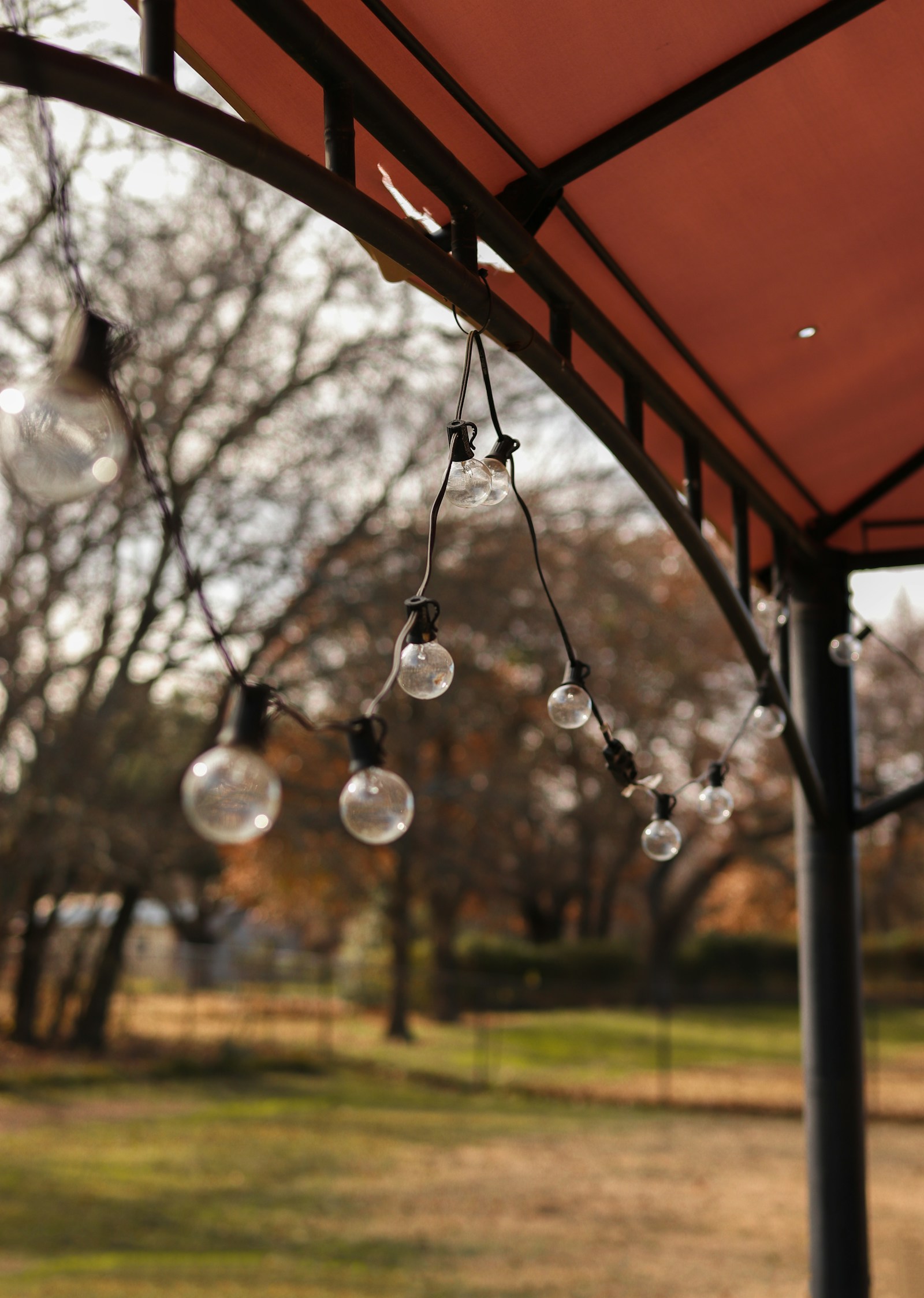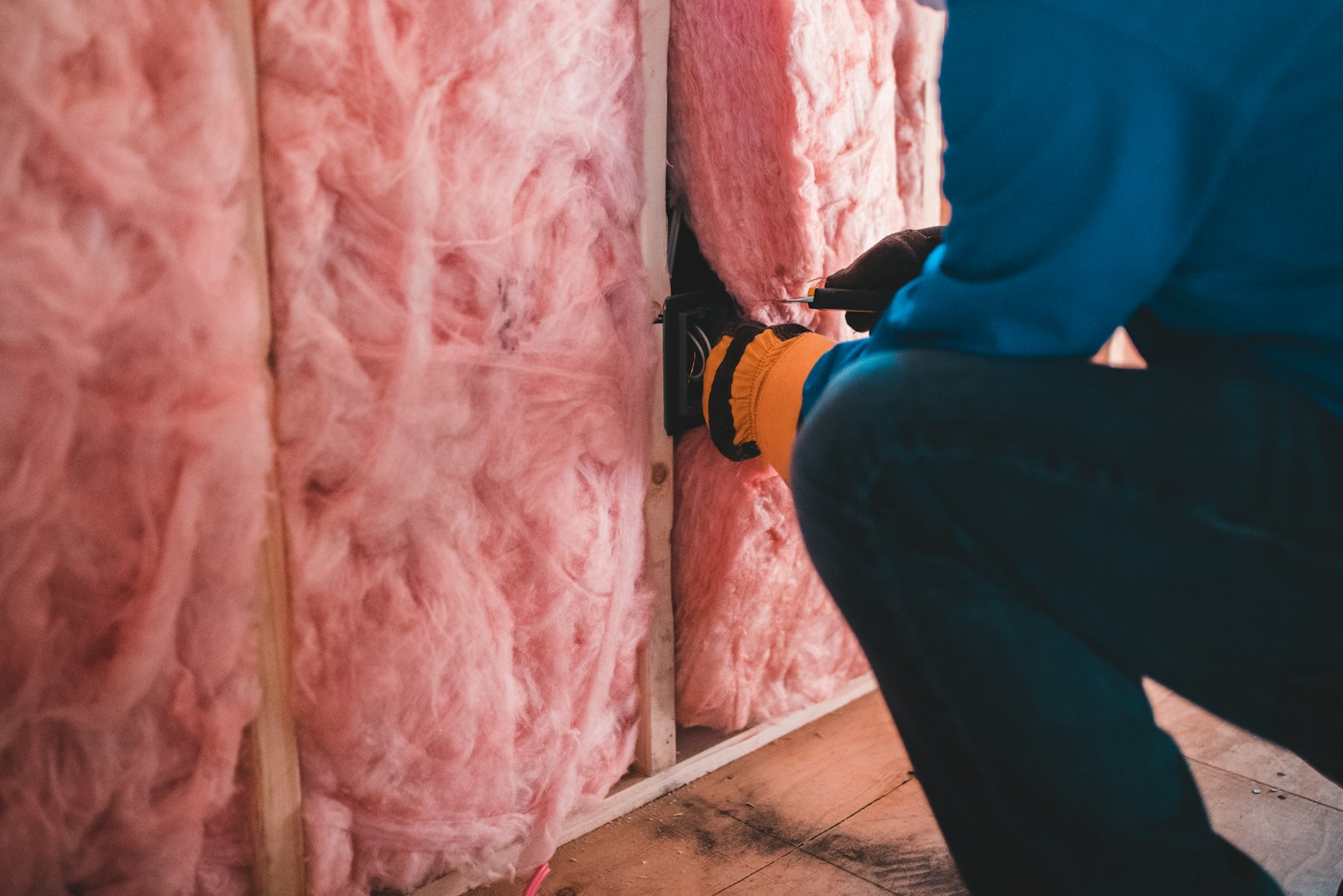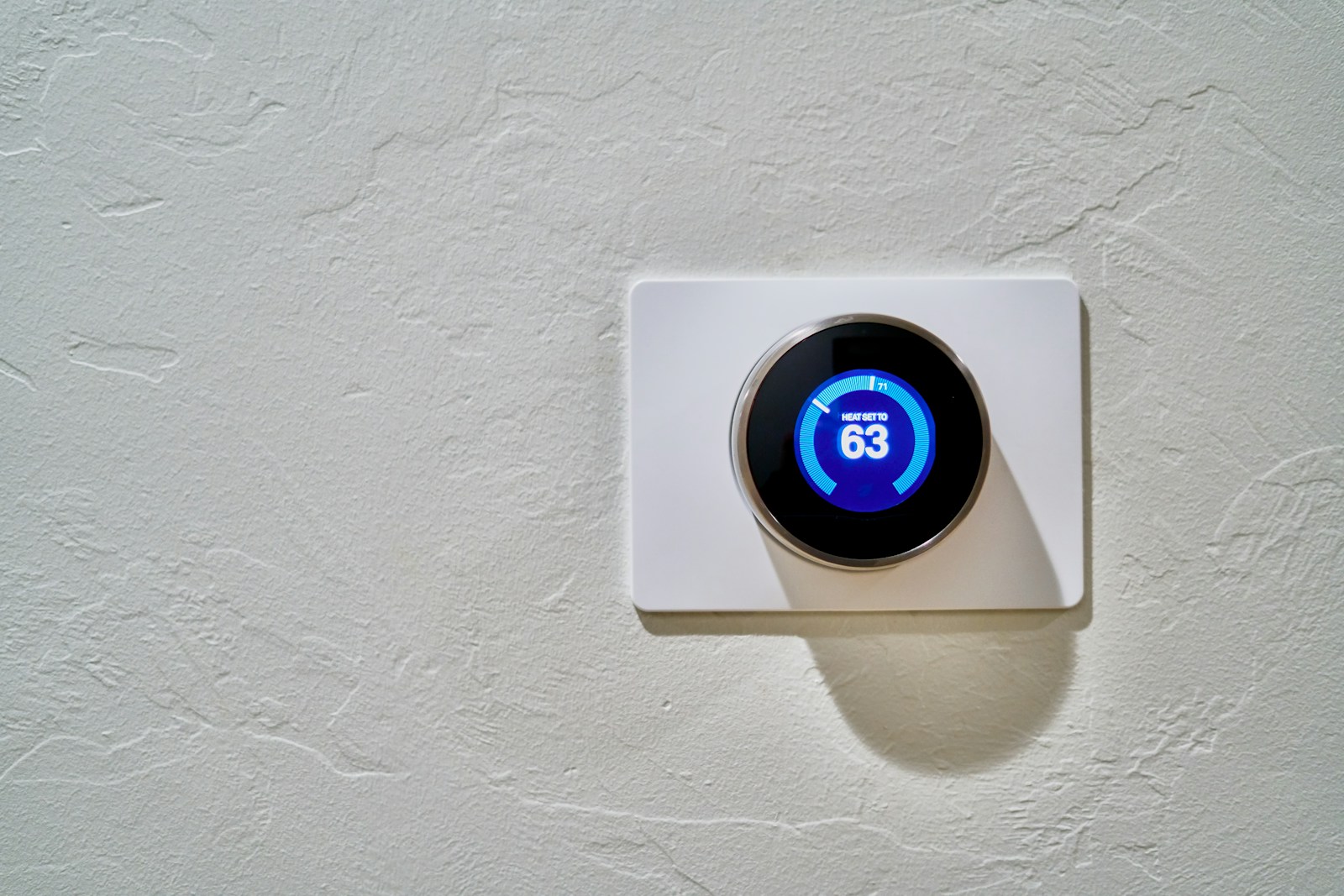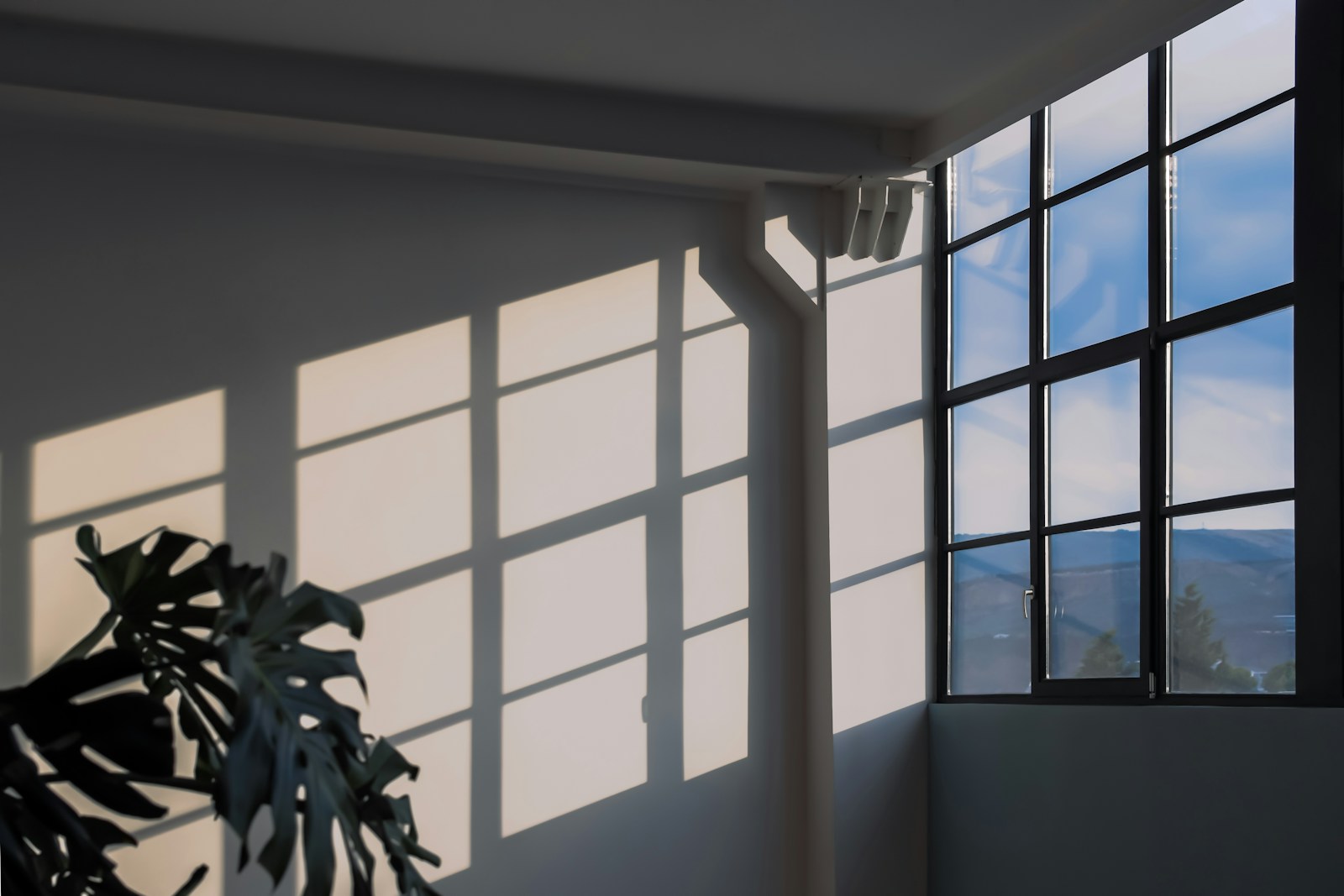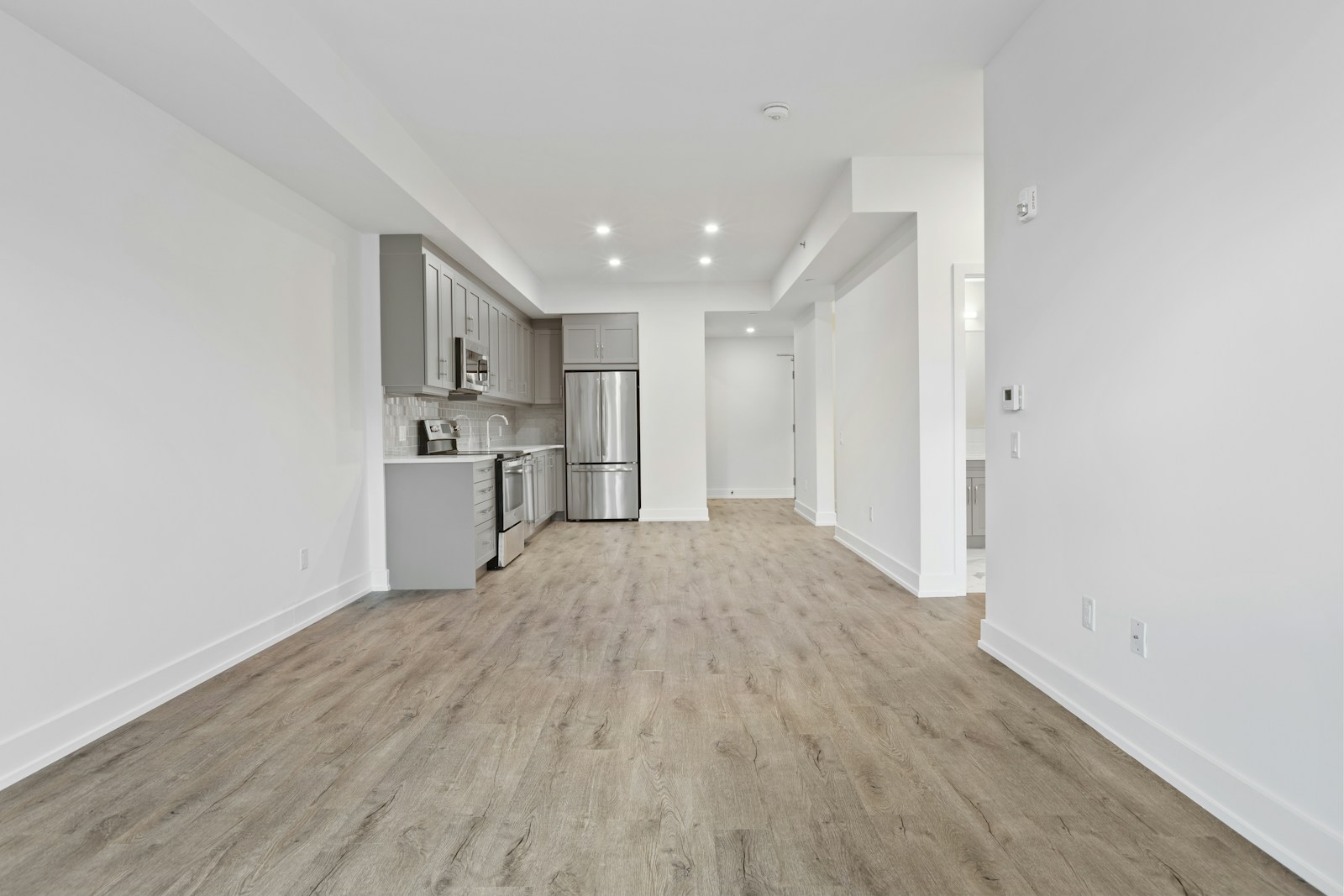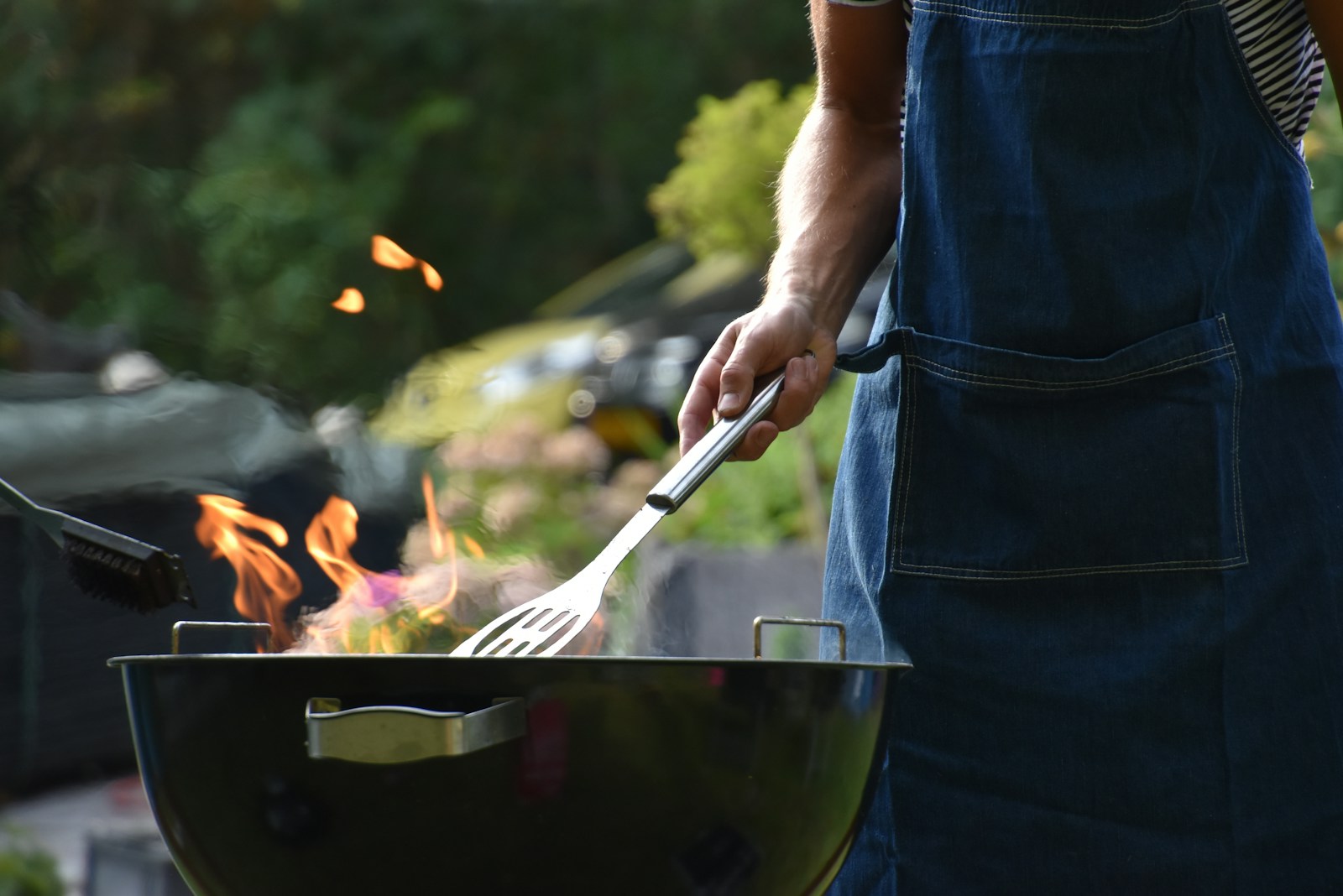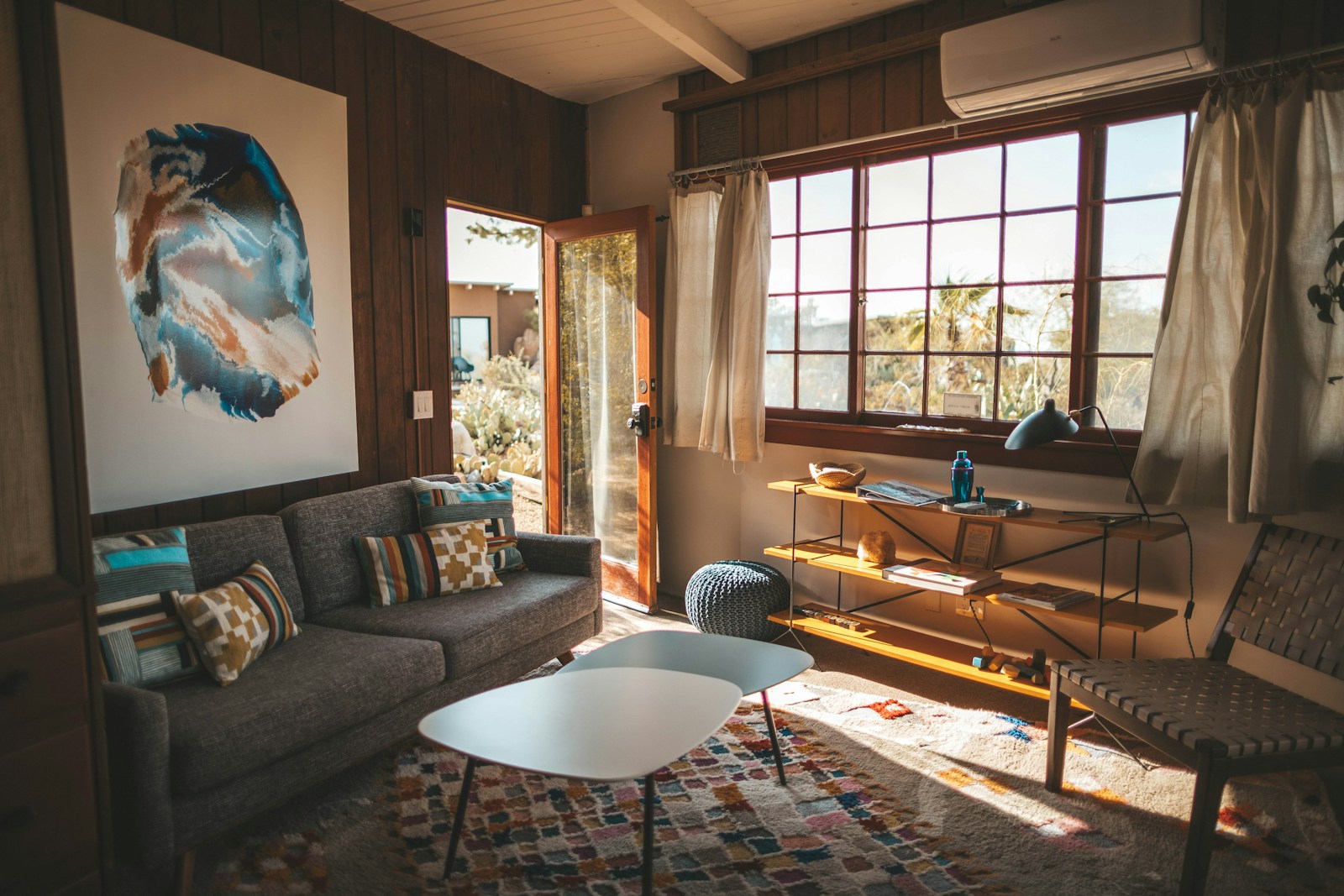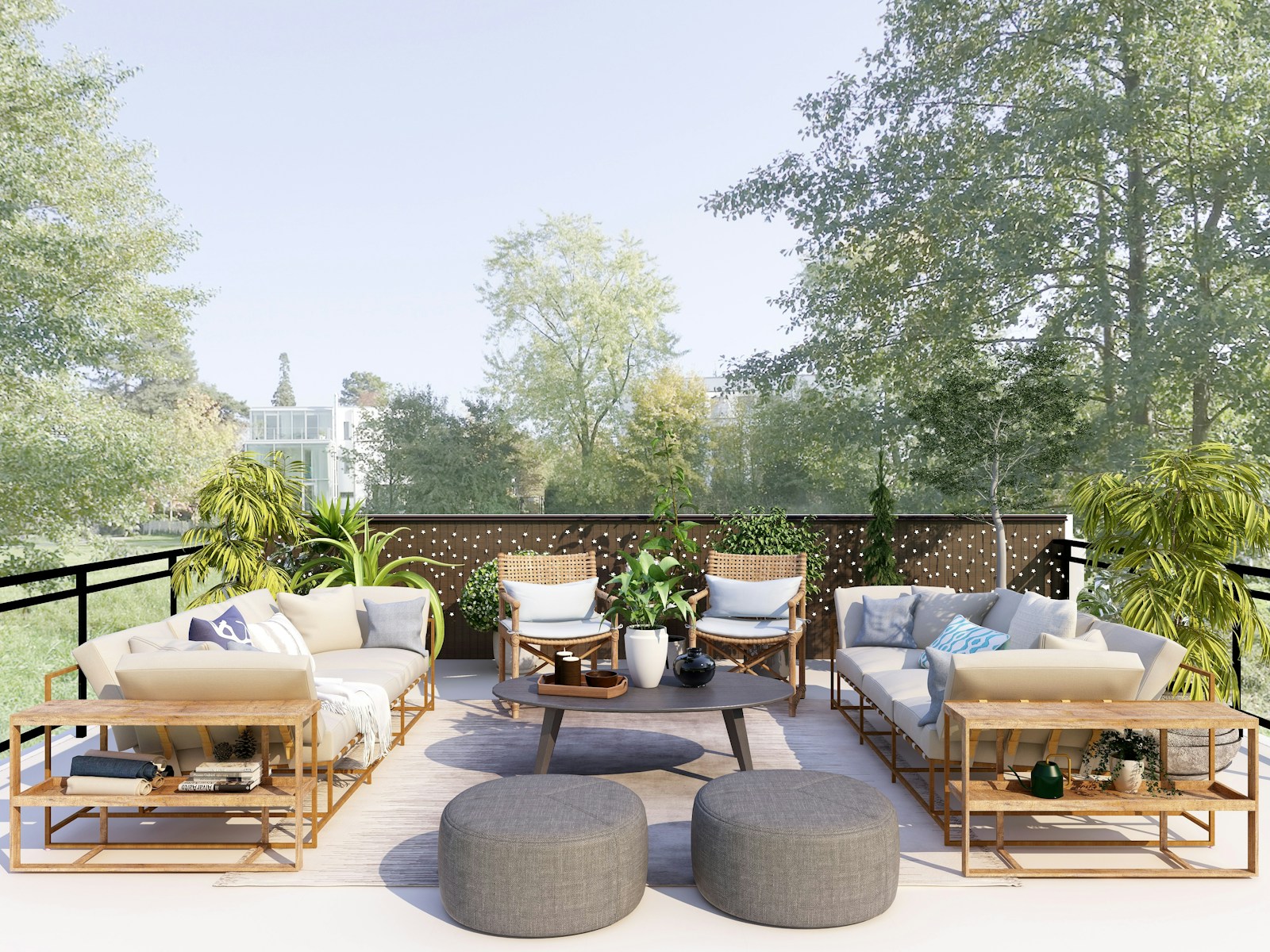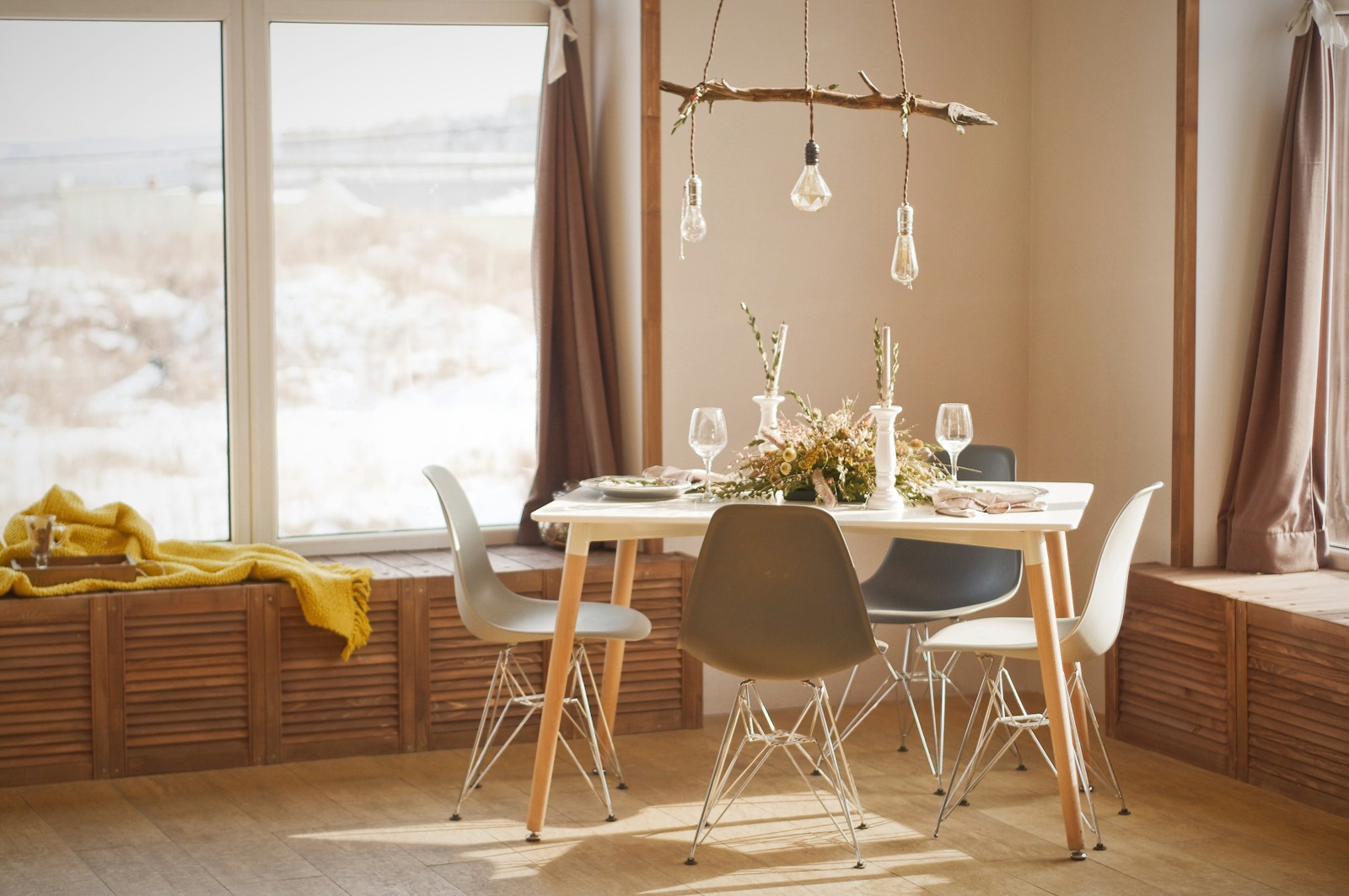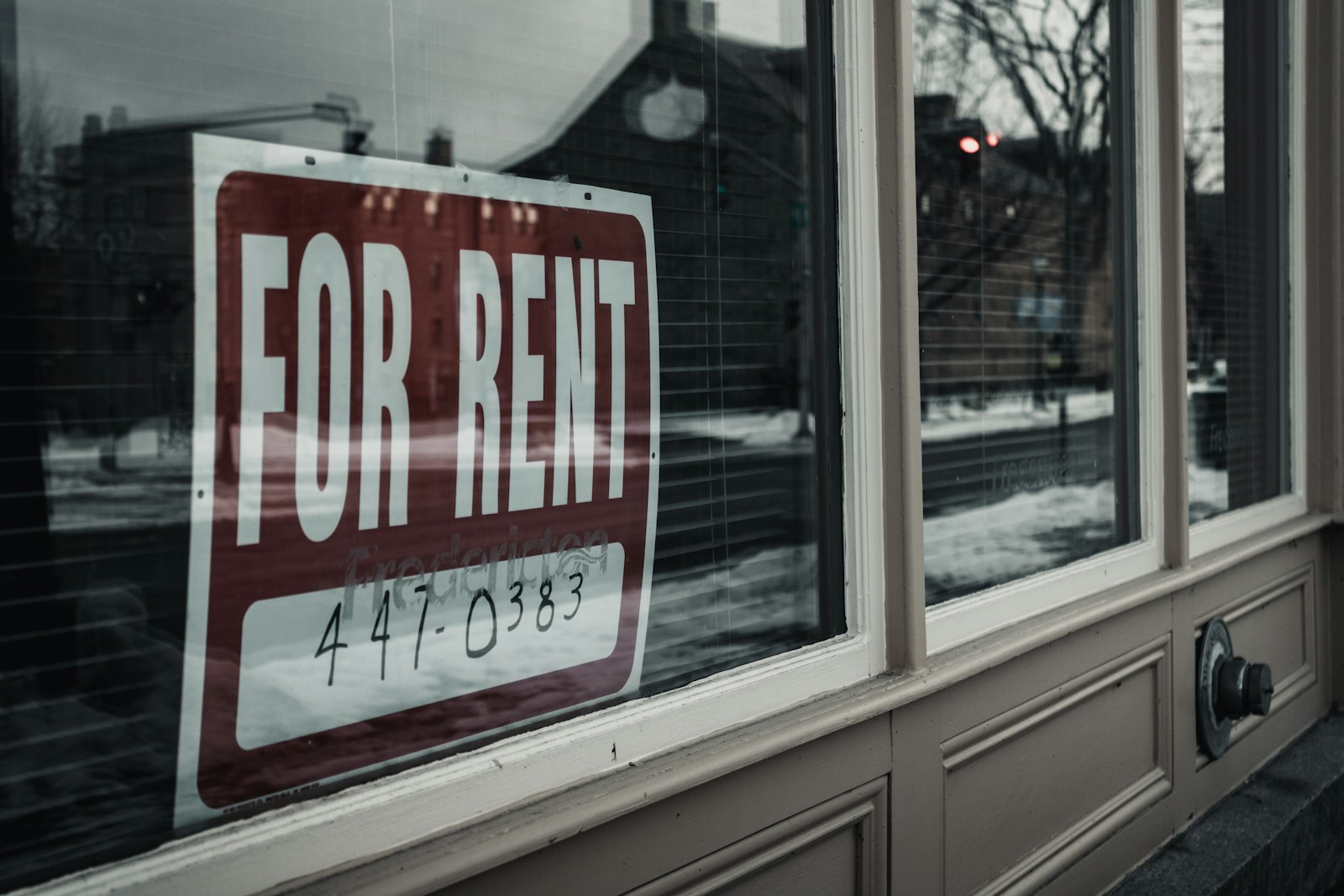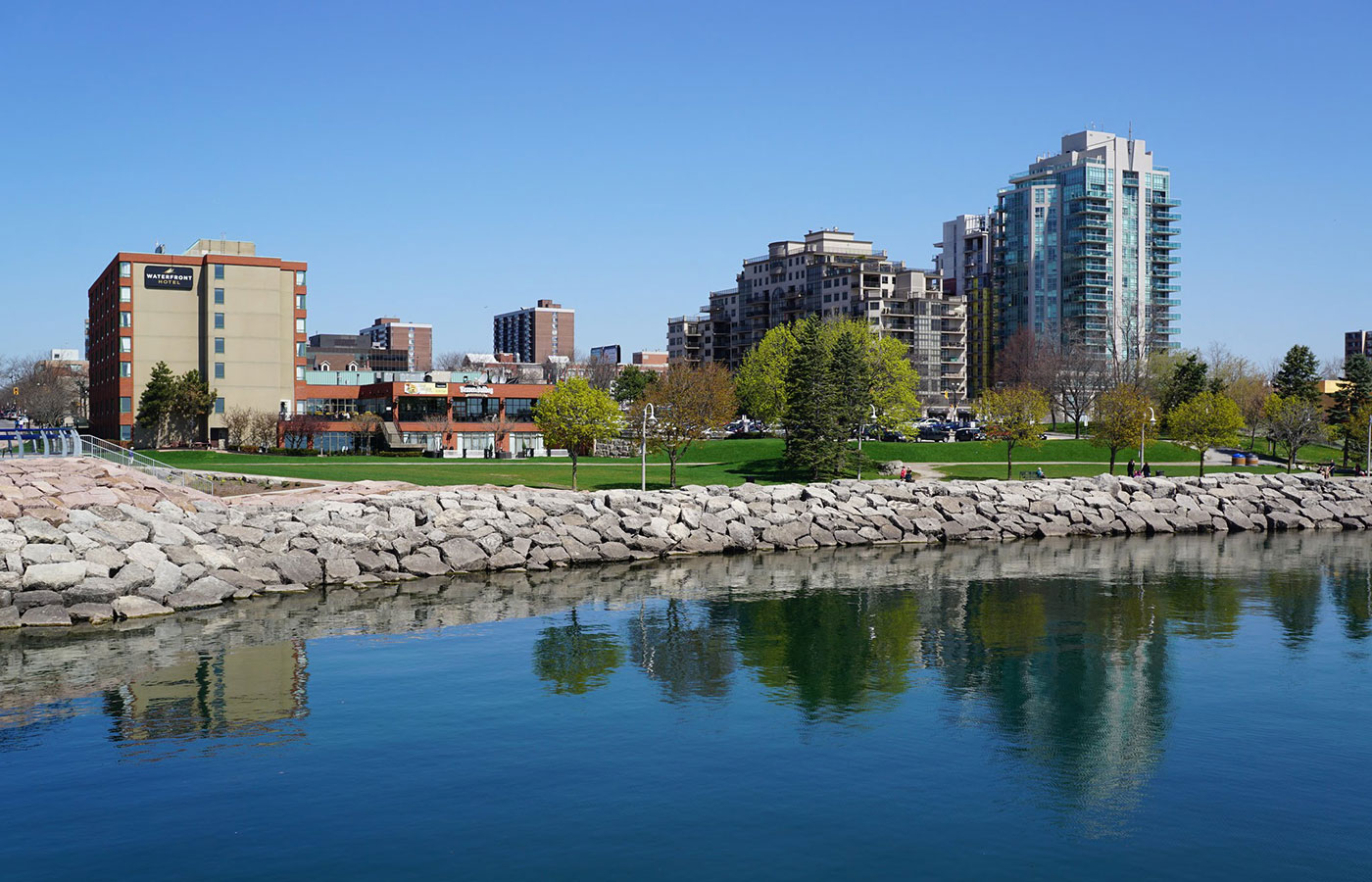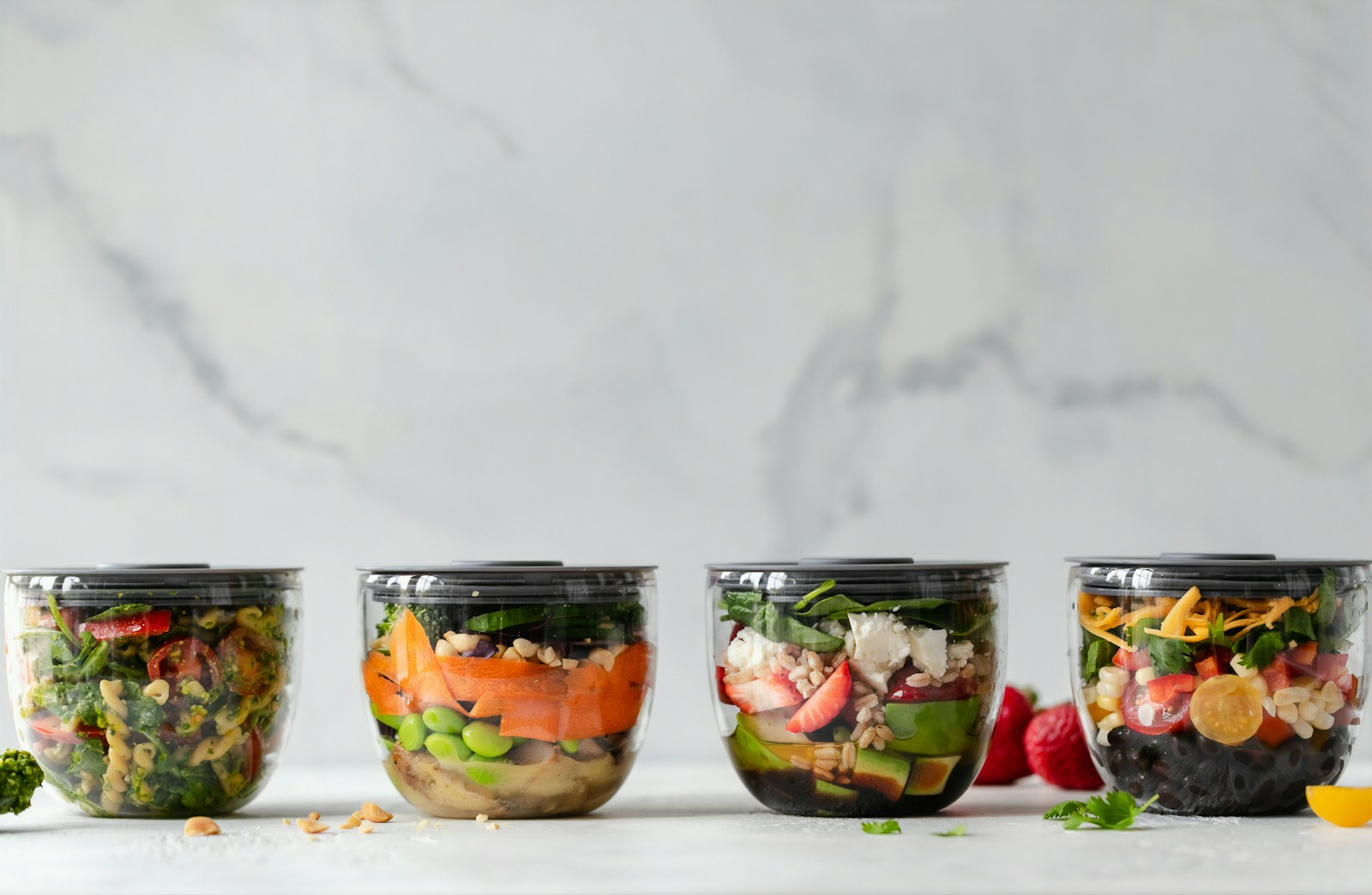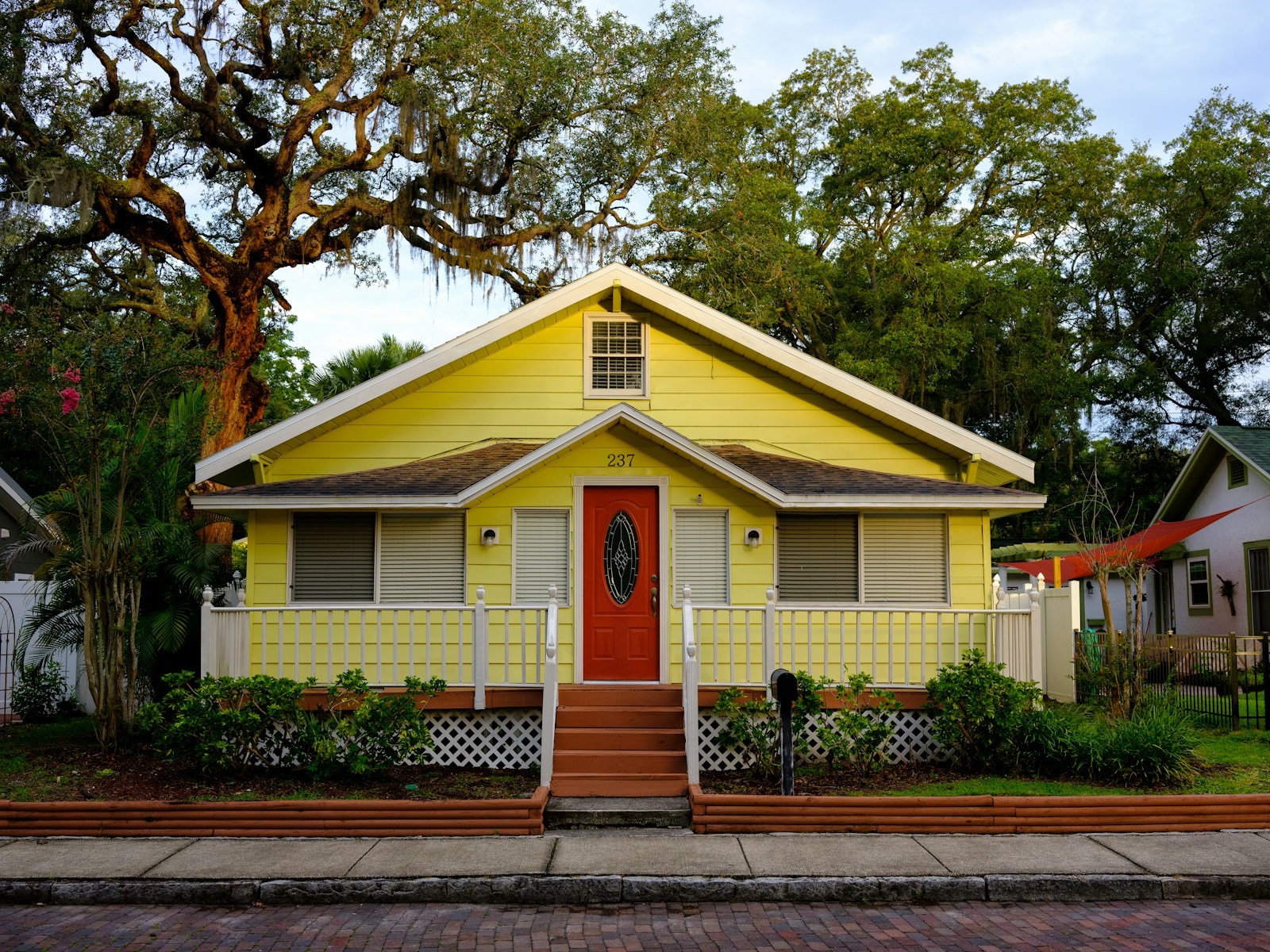If your home has been on the market longer than expected without serious interest or offers, you’re not alone. Many Burlington homeowners find themselves wondering why their home isn’t selling, even in an active real estate market. The good news? There are usually clear, fixable reasons behind a slow-moving listing.
At The Smallbone Team we believe every home has a buyer — it’s about positioning your property in the right way to attract them. Let’s look at some of the most common reasons homes don’t sell and how you can turn things around.
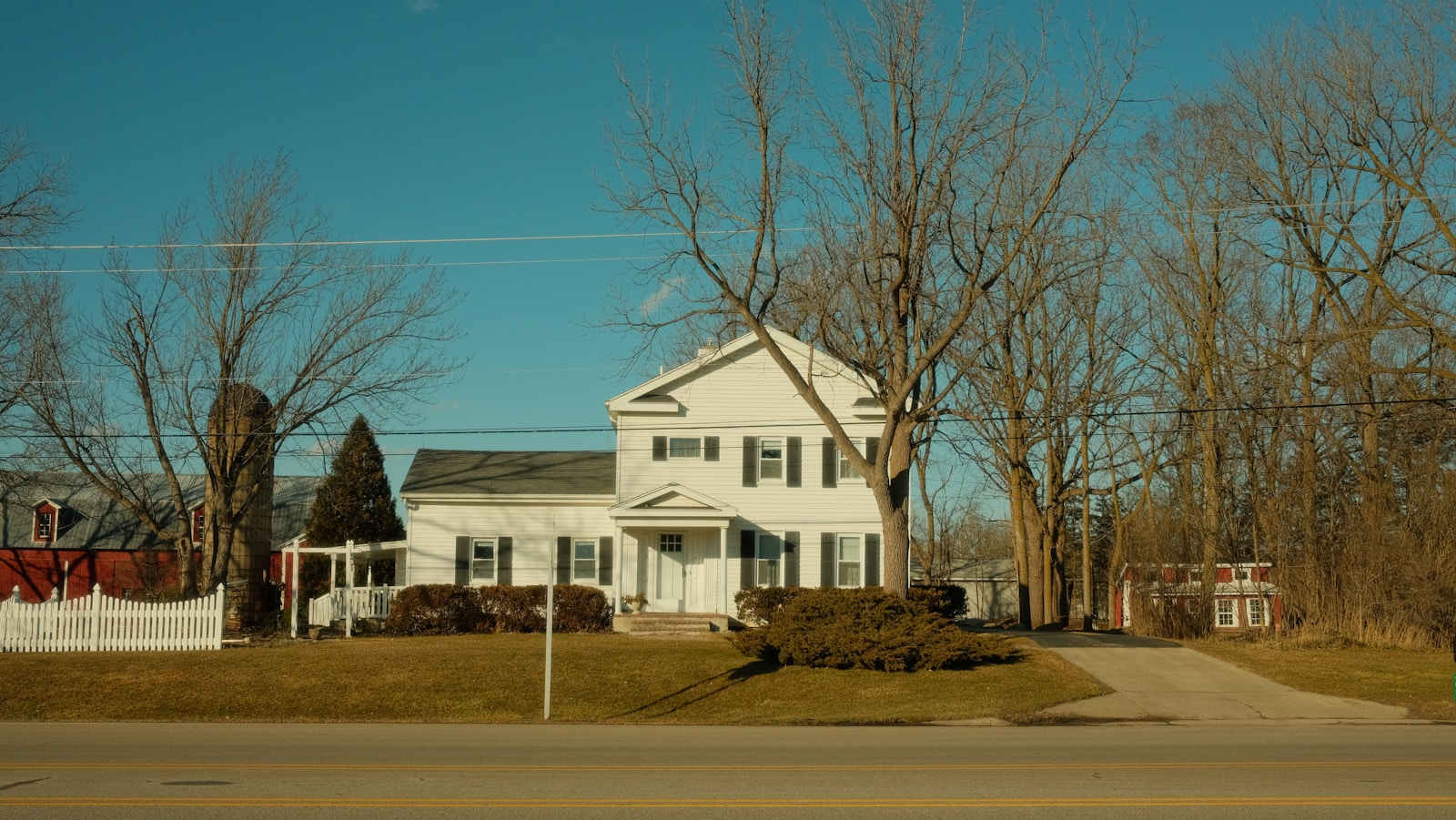
1️⃣ Your Home Is Overpriced
Pricing is one of the most critical factors in the sale of any home. Even in a competitive market, buyers are well-informed and sensitive to price. If your home is priced too high compared to similar properties in your neighbourhood, you may struggle to generate interest or receive offers.
What to do:
Ask your agent for an updated comparative market analysis (CMA). This will help you understand how your home compares to recently sold properties in Burlington and surrounding areas like Roseland, Aldershot, and Tyandaga. You may need to adjust your asking price to better align with current market conditions.
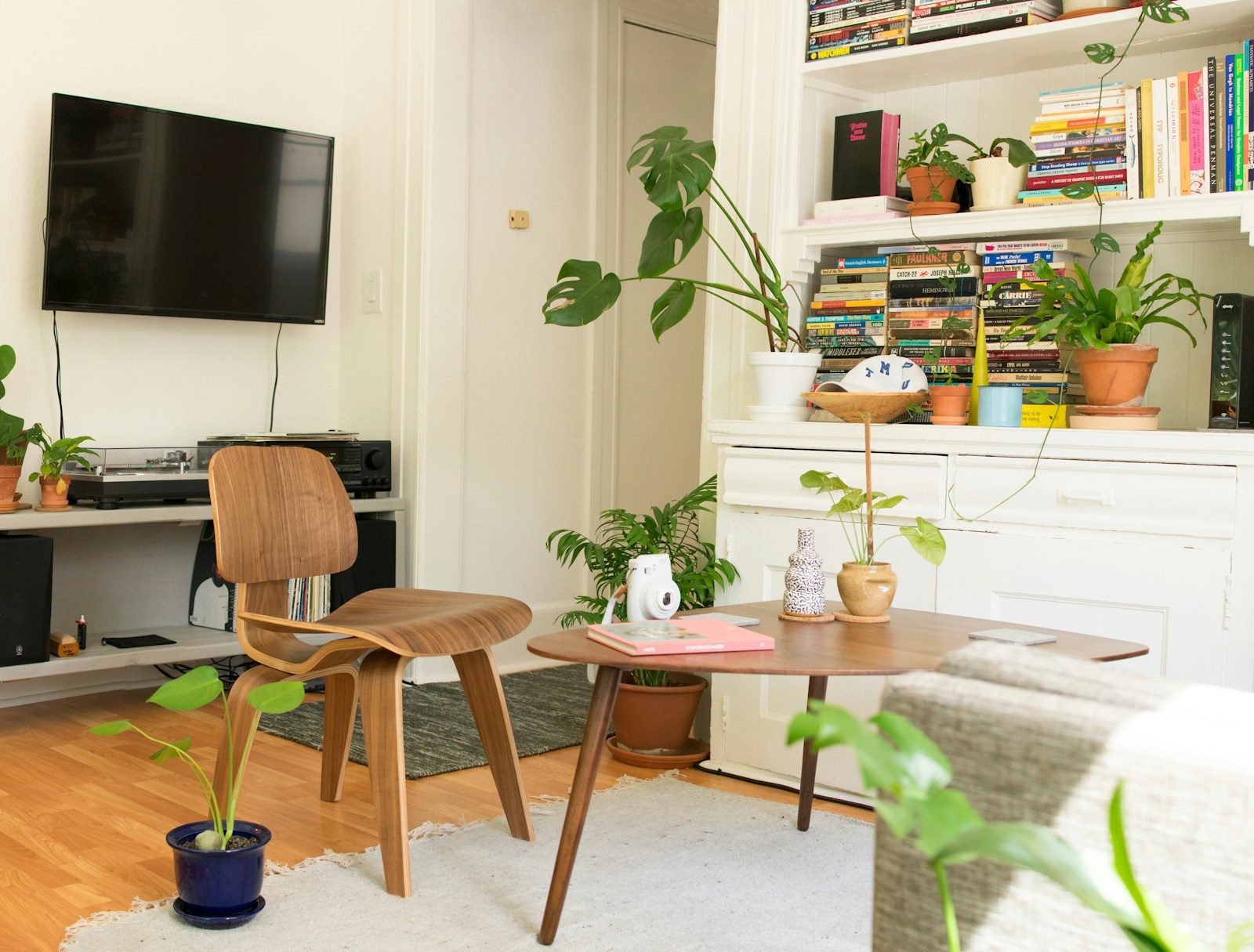
2️⃣ The Listing Photos Aren’t Showcasing Your Home Properly
First impressions matter — especially online. With over 90% of buyers starting their home search on the internet, high-quality, well-lit photos (and video tours) are essential. Poor images can make even a beautiful home appear less appealing.
What to do:
Consider hiring a professional real estate photographer. At Sandy Smallbone Real Estate, we include professional photography, videography, and staging consultations as part of our comprehensive marketing plan for every listing.

3️⃣ Your Home Needs Staging or Decluttering
Buyers need to be able to imagine themselves living in your home. If your property feels too personalized or cluttered, it can be hard for potential buyers to see its full potential.
What to do:
Declutter surfaces, neutralize bold paint colours, and remove overly personal décor. A light staging touch — like fresh linens, modern accessories, and accent lighting — can make a huge difference.

4️⃣ You’re Limiting Showings
The more flexible you are with showings, the better your chances of selling. If your home is difficult to view because of restricted showing times or limited availability, you might be missing out on serious buyers.
What to do:
Try to accommodate a wide range of showing times, including evenings and weekends, and keep your home showing-ready at all times.

5️⃣ The Market Has Shifted
Even in desirable communities like Burlington, market conditions can fluctuate. Seasonal slowdowns, increased competition, or rising interest rates can all affect buyer activity.
What to do:
Have an open conversation with your agent about current market trends and how they’re impacting your price range and neighbourhood. You may need to adjust your strategy or expectations based on new data.

6️⃣ Your Marketing Plan Isn’t Strong Enough
A “For Sale” sign and a basic MLS® listing aren’t enough in today’s digital-first world. Your home needs a strategic marketing plan that reaches buyers where they are — online and in the community.
What to do:
At Sandy Smallbone Real Estate, we design customized marketing strategies that include targeted social media advertising, email campaigns, custom video tours, and strategic open houses to maximize exposure.
Ready to Get Your Home Sold?
If your home isn’t selling and you’re unsure what to do next, let’s talk. I’d be happy to provide a free, no-obligation market evaluation and share how our proactive marketing and pricing strategies can get your home moving in the right direction.
👉 Contact me today at [contact info] or visit sandysmallbone.com/contact to schedule your consultation.







